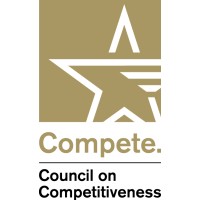
The Fathers' Rights Movement
Believing that the right of fathers to enjoy the fullest relationship with their children is a natural right, and realizing that under the current legal standards incident to the enormous overreach of the government, it is impossible for those who are deprived of these liberties to obtain the full reward of their fatherhood other than through united action; and recognizing the fact that those who toil should use their rights of citizenship intelligently, through organizations founded and acting along cooperative, social and political lines, using the natural resources, means of production and distribution for the benefit of all the people, with the view of restoring fatherhood to all those performing useful service to society; Now, Therefore; We, the Fathers’ Rights Movement, pledge ourselves to labor unitedly in behalf of the principles herein set forth, to perpetuate our Movement on the basis of equality and justice, to expound its objects, to labor for the general adoption of its principles, to consistently endeavor to bring about parental equality and a higher standard of equality among the toiling masses.






